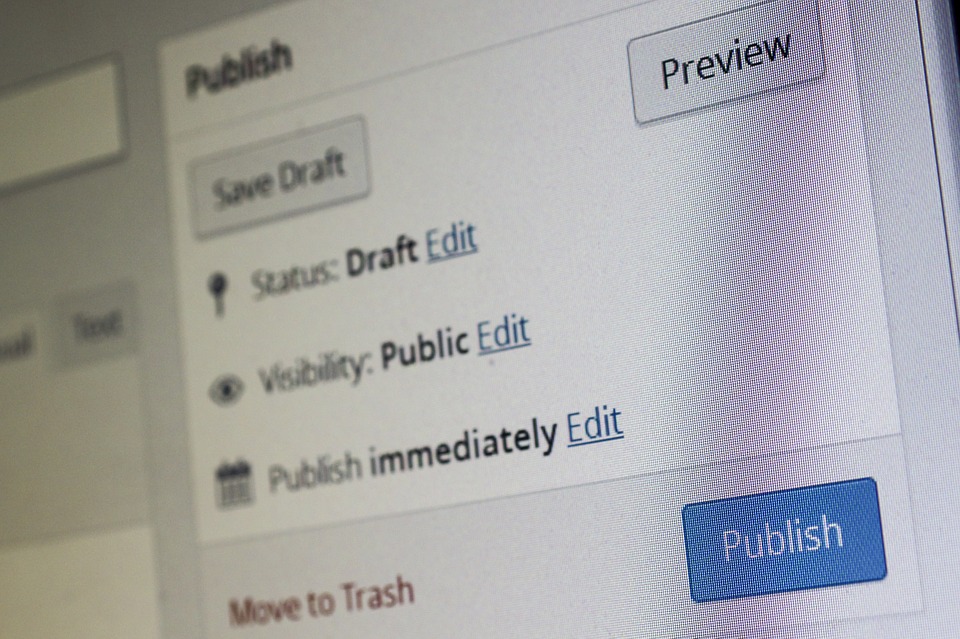So much time is spent focusing on the composition of business content –– i.e., how to write blogs, emails, social media posts –– that the editing process is often overlooked. Indeed, some professionals never even bother editing the content they produce professionally. This is a big mistake. Editing is hardly glamorous work, and it may feel unnecessary to some. Yet, the reality is that editing always improves business content. It eliminates errors, prevents embarrassing gaffes, enhances style and flow, and supplements the overall quality of a piece. With that in mind, here are our top four tips for editing professional content:
Read it Out Loud
Want to know the simplest way to catch many common writing errors? Simply read your content out loud. You’d be amazed at how many times writers glaze over their mistakes when proofreading a piece. Reading out loud, conversely, forces writers to examine their work slowly and carefully. If it sounds weird coming out of your mouth, then you need to revise it. Simple as.
Review Structure
Ideally, all pieces of business content should be structured in a logical way that flows well. Of course, this isn’t always the case. Plenty of blog posts, pillar pages, and emails are structured in an illogical manner. One of the poorest style choices that plagues business writing is the rambling introduction. Consumers tend to skim content anyway. So though you may be very excited about your latest blog intro, it’s probably a good idea to shorten or remove it entirely.
Fact/Compliance Check
There’s a big difference between proofreading business content and truly editing it. Proofreading involves simply looking for spelling/stylistic/grammatical errors. And while this task is important, editing involves much more in-depth examination. Quality editing requires diligent fact and compliance checking. It’s imperative that business leaders monitor their content production closely. Otherwise, they could end up publishing content that is 1) unfactual, 2) misleading, 3) damaging to a brand, or 4) illegal. For more information about protecting your brand online, contact a company like Brandle.
Check for Value
What separates excellent content from the mediocre? One word: value. Awesome content can have a number of flaws –– but if it delivers cogent, relevant information to a customer –– then it will prove successful. This is the ultimate benchmark for marketing content. Whether you plan on producing blogs, social media posts, or YouTube videos, they must be done in a way that imparts meaningful information. Fluff pieces comprise a huge amount of content on the internet, but they rarely offer businesses any return. Before you publish any piece of content, read it through your customer’s eyes first.



